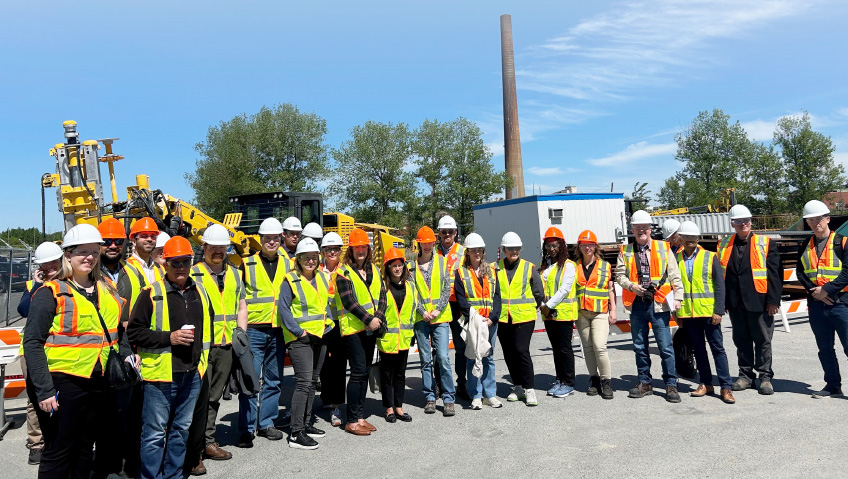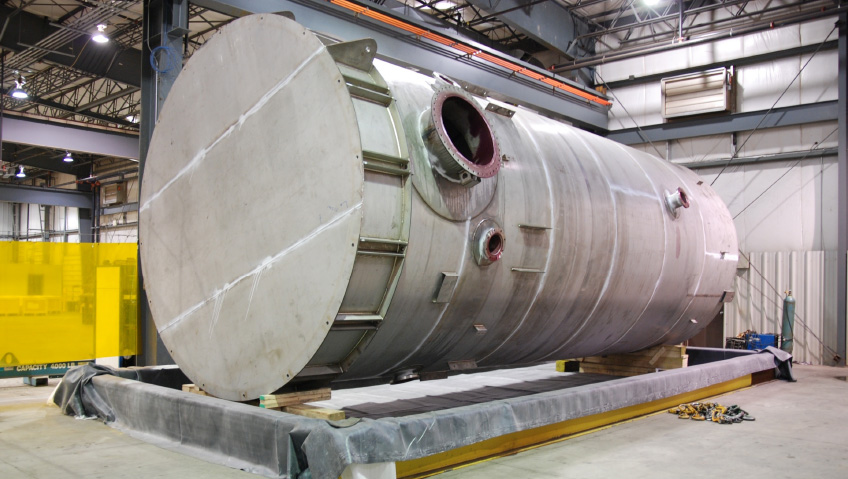In decades past, long-distance commercial truckers faced limited options when it came to communicating with fleet operations managers. Once they hit the highway, truck drivers could radio in their location, mileage, and other performance indicators—provided they had a radio and clear reception. Beyond reports from the driver, there was no way an operations manager could monitor real-time truck performance while back in the office.
If a truck driver did not have time to perform a detailed daily inspection, they might overlook mechanical issues that resulted in major problems. Unless the trucker had a passenger or co-driver, they might not be aware they were practising bad driving habits like excessive speeding or slamming the brakes too hard. If a driver experienced an accident or breakdown in an isolated locale and lost radio contact, they would be in serious trouble.
Today, such issues have been resolved or at least ameliorated thanks to the advent of truck-based telematics, ‘telematics’ being a portmanteau of the words ‘telecommunication’ and ‘informatics.’
“Telecommunication is the exchange of information using technology. Informatics refers to the use of computers to gather and analyze data and manage real-world systems,” explains Geotab, an Oakville, Ontario-based leader in telematics solutions for commercial vehicles.
“Telematics is a methodology of monitoring location and movement of a vehicle by combining global positioning system (GPS) and onboard diagnostics systems. With the help of GPS and the diagnostics system, it is possible to record the speed and internal behaviour of vehicles,” says a paper from international research firm Allied Market Research titled ‘Automotive Telematics Market Outlook – 2026.’
Telematics systems bring connectivity to the commercial trucking world. Online and cellular networks allow operations managers to keep a constant vigil on truck location and performance, and these advanced tools have streamlined truck-based transportation services and enhanced driver safety.
While mapping the movement of a truck on an office-based computer screen is a crucial aspect of telematics, these solutions offer more than just pinpoint tracking. Mileage, gas consumption, seat belt use, battery voltage, emissions and idling time can all be monitored. Performance data is recorded by the onboard diagnostic system and transmitted via an online network to the office.
Trucking firms can break this data down using fleet management software to get a full picture of how their vehicles are performing. Should a mechanical problem be detected, the telematics system can send automatic alerts. Human input is enhanced as well. Using telematics, operations managers can remotely monitor truck performance in real time and diagnose solutions if issues arise.
According to Geotab, the systems increase safety, regulatory compliance, environmental sustainability, and productivity. The systems also save money by noting fuel-wasting behaviours and keeping maintenance records. The Allied Market Research paper notes that “Diagnostic systems keep track of smoke emission and fuel consumption of vehicles, thereby monitoring engine health.”
Using telematics, a transport company can generate reliable data about truck emissions, and this is crucial information when trying to meet government regulations regarding gas mileage and vehicle pollution.
This type of data also helps trucking companies make business decisions. Are drivers incurring unneeded costs by using too much fuel or idling too long? Would it be wiser to switch from traditional gas or diesel engines to electric vehicles? Does the fleet require more frequent servicing and maintenance?
In addition to boosting profits, telematics systems offer protection for drivers. The Automotive Telematics Market Outlook notes that safety features can include roadside assistance, smart route planning, automatic toll payments, and real-time traffic updates. Telematics solutions will not eliminate accidents but do make trucking safer while providing a constant stream of data for operations managers to consider.
There are some drawbacks to telematics. Achieving connectivity in commercial trucking fleets requires hardware and monthly telecom charges that are not cheap, and installing and maintaining telematics systems requires a degree of investment and technical know-how.
As far as commercial truck manufacturers are concerned, however, the pros far outweigh the cons. These manufacturers are rushing to equip their vehicles with connected solutions. Since truck-based telematics were introduced a few years ago, such systems have gone from being fringe options to standard features.
Last June, for example, Volvo Trucks North America expanded its existing partnership with Geotab. Volvo announced it would be offering a new system called Geotab Drive + Fleet for Volvo Trucks. The latter is “an expandable cloud-based platform for fleet managers and drivers,” explains a June 22, 2020, Volvo press release.
“When using Geotab Drive + Fleet for Volvo Trucks, fleet managers can access activity reports, driver performance reports, delivery schedules and more, as well as monitor vehicle locations all through a simple, user-friendly dashboard. In addition, accurate data measurement can help reduce operating costs and environmental impact by improving fuel efficiency,” continues the press release.
Kenworth continues to build on its TruckTech+ platform. The TruckTech+ remote diagnostics and service management system is a web-based solution created with driver safety in mind. The remote diagnostics element tracks engine performance. If something is amiss, a fault code is activated, with notifications sent to the driver, designated Kenworth dealers, and the operations manager.
“The fleet operations manager will have enough information to determine the course of action, whether to direct the driver to keep driving or proceed to a Kenworth dealer to be serviced,” notes Kenworth.
The TruckTech+ service management system meanwhile, tracks vehicle maintenance and makes it easier to schedule servicing. This function enhances performance and safety.
The service management system “allows you to manage scheduled and unscheduled service events in real time through a web portal that: speeds communications and keeps everything organized—notes, emails, time and date-stamped activity, and electronic approvals; eliminates error-prone data entry and the need to access multiple systems or portals; centralizes and makes easily accessible all asset information—build, service, history, warranty and product updates,” reads Kenworth information.
Mack Truck’s GuardDog Connect offers a similar function. The company describes its solution as a “co-pilot that’s dedicated to keeping you on the road.” The online system “adds a live connection to a network of support staff and repair centers,” states Mack.
Among other features, GuardDog Connect includes diagnostic tools that monitor engine and truck performance. If a fault code is activated or if a truck requires maintenance, GuardDog sends a message to a Mack customer center.
“A team of experienced technicians evaluates the fault code and identifies the exact issue and repairs needed. GuardDog Connect then instructs the driver where to take the truck,” notes Mack.
Freightliner uses engines and technology from the Detroit Diesel Corporation, a subsidiary of Daimler Trucks North America specializing in engines, transmissions, axles, and other vehicle-related equipment. Freightliner trucks with Detroit Diesel engines feature the Detroit Connect suite of connectivity solutions. One of the features in the Detroit Connect package is a remote diagnostics solution called Virtual Technician.
“With Virtual Technician, fleets and owner-operators know within minutes when their engine or after-treatment system experiences a fault event, the severity of the fault and when, where and how to best fix the issues causing the fault. Severe fault events are further analyzed by the Detroit Customer Support Center (CSC) experts. Complete fault event details are viewable via the Detroit Connect portal,” says Freightliner.
International Trucks made OnCommand Connection, an in-house telematics solution, standard fare for new on-highway trucks back in 2018. OnCommand offers live access, truck health reports, action plans, mapping, and alerts.
Specific OnCommand features include “vehicle fault code reporting and severity ratings, comprehensive vehicle health reports, interactive fault code action plans that identify the most likely needed parts and service, dealer on-hand inventory of needed parts, GPS mapping with nearby service centers, hotels, and more,” states International Trucks.
For all the innovative data and geographic information telematics systems provide, driver safety is likely the most important benefit offered by these solutions.
In an observation that could apply to all telematics systems, Mack Trucks says its GuardDog Connect solution gives drivers “real-time diagnostics that enable them to haul with confidence,” as well as “peace of mind.”






